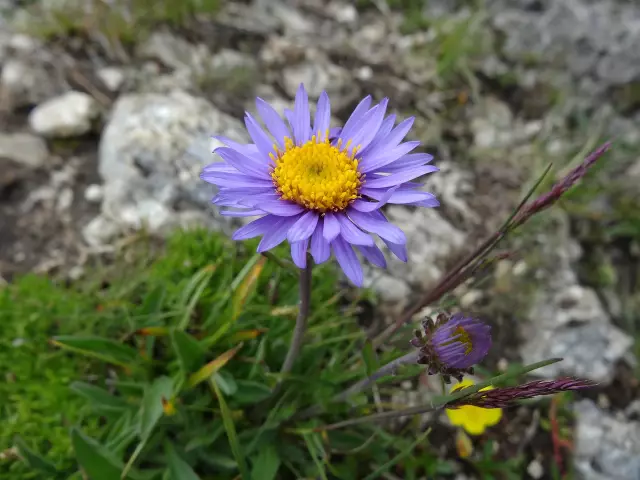- Author Rachel Wainwright [email protected].
- Public 2023-12-15 07:39.
- Last modified 2025-11-02 20:14.
Jackfruit
Jackfruit (Artocarpus heterophyllus) is a plant of the Mulberry family with large leathery oval leaves, called the Indian breadfruit. Reaches 20 meters in height, however, the branches of the jackfruit do not differ in strength, and the fruits are formed on the largest and hardiest of them.

The fruit of the jackfruit can be called the largest of the edibles that grow on trees. The length of the jackfruit reaches 110 cm, the diameter of the fruit is about 20 cm, the weight can reach 34 kg. The peel of the fruit is thick, covered with many cone-shaped protrusions, giving off an unpleasant putrid smell, while the pulp of the jackfruit, consisting of juicy yellow fibers, smells pleasantly of a banana. The skin of the jackfruit is covered with sticky latex, from which high-quality glue is made, so it is recommended to cut the fruit with rubber gloves.
The unripe fruit of the jackfruit is green, fully ripe - brown-yellow, when tapped, it emits a hollow sound. Overripe jackfruit has a deep brown hue and quickly deteriorates, however, in a cool place, it can survive without losing its taste for about 1-2 months.
India is considered the birthplace of the fruit: in this country, jackfruit has a similar distribution with banana and mango. The cultivated area of jackfruit is 26,000 hectares. Today, jackfruit is cultivated in Southeast Asia and is grown primarily for timber. Because of the unpleasant smell that its waste exudes, jackfruit is less popular than breadfruit.
Nutritional value of jackfruit
Ripe jackfruit contains about 40% carbohydrates, which explains the other name of the fruit - "bread for the poor." The plant is also rich in vitamins A, B, C, folic acid, magnesium, sulfur, calcium, phosphorus, as well as coarse fibers - substances called "ballast". The coarse fibers present in jackfruit reduce the synthesis of lipoproteins, cholesterol, and the rate of absorption of disaccharides in the intestine, which protects the body from a sharp increase in blood sugar. In general, "ballast substances" ensure the normal functioning of the entire gastrointestinal tract.
Ripe jackfruit has a mild laxative effect. Brewed jackfruit leaves, used as a tea, increase lactation in lactating women.
Jackfruit seeds are also used in food: they contain about 38% carbohydrates, 6.6% protein and 0.4% fat. Most often they are roasted like chestnuts.

Application of jackfruit
Jackfruit's properties are universal. The plant is believed to bring good luck - therefore it is grown in many gardens of the Republic of Bangladesh, being its national fruit. Jackfruit seeds are often used as a talisman to protect their host from injuries caused by sharp objects.
Jackfruit is used for medicinal purposes: the flowers of the tree are antidiuretics - substances that inhibit the secretion of fluid by the body. Jackfruit roots are used to treat diarrhea.
Ripe jackfruit is used for making desserts: jelly, marmalade, jam, ice cream or fruit salads. Unripe ones are prepared by analogy with vegetables - they are fried, stewed, boiled, or used to make filling for pies. In addition, jackfruit is a great addition to meat and fish dishes.
It is noteworthy that the wood of the plant is not damaged by termites and is not affected by the fungus, which makes it possible to use it as a building material for the construction of houses, the manufacture of furniture and musical instruments.
YouTube video related to the article:
Found a mistake in the text? Select it and press Ctrl + Enter.






